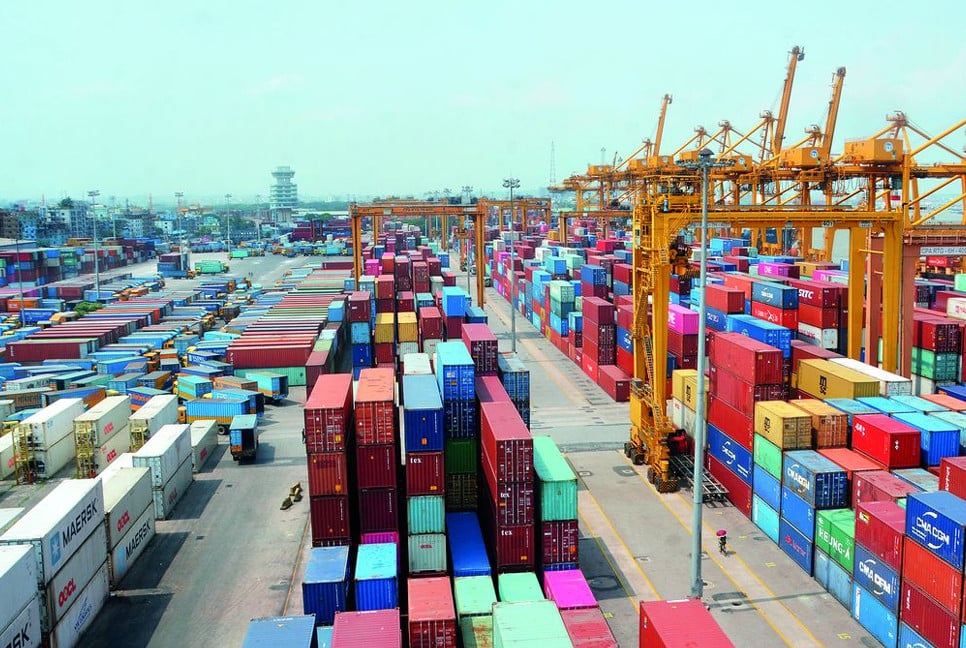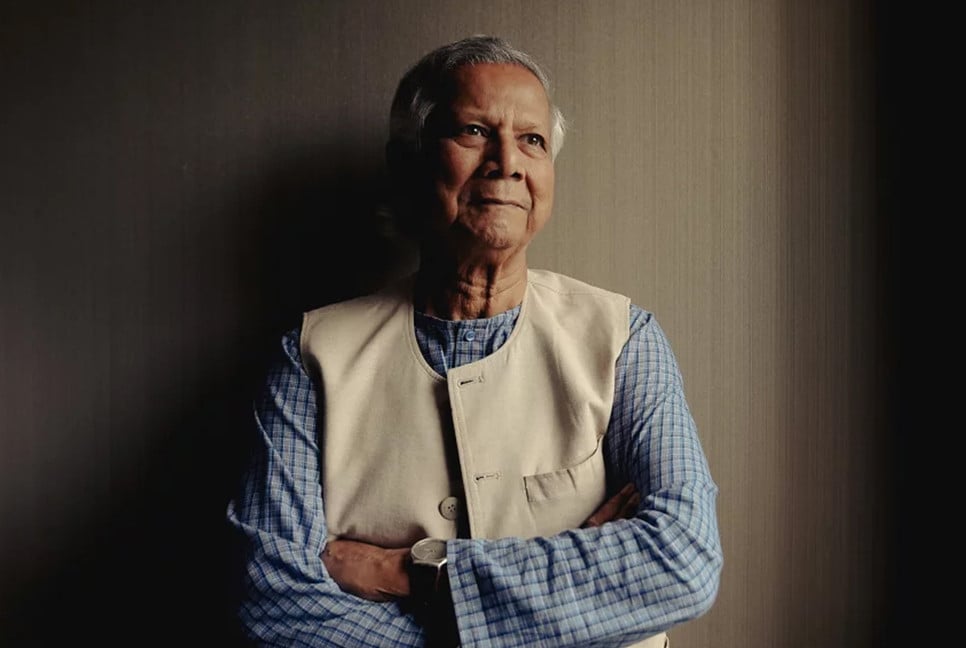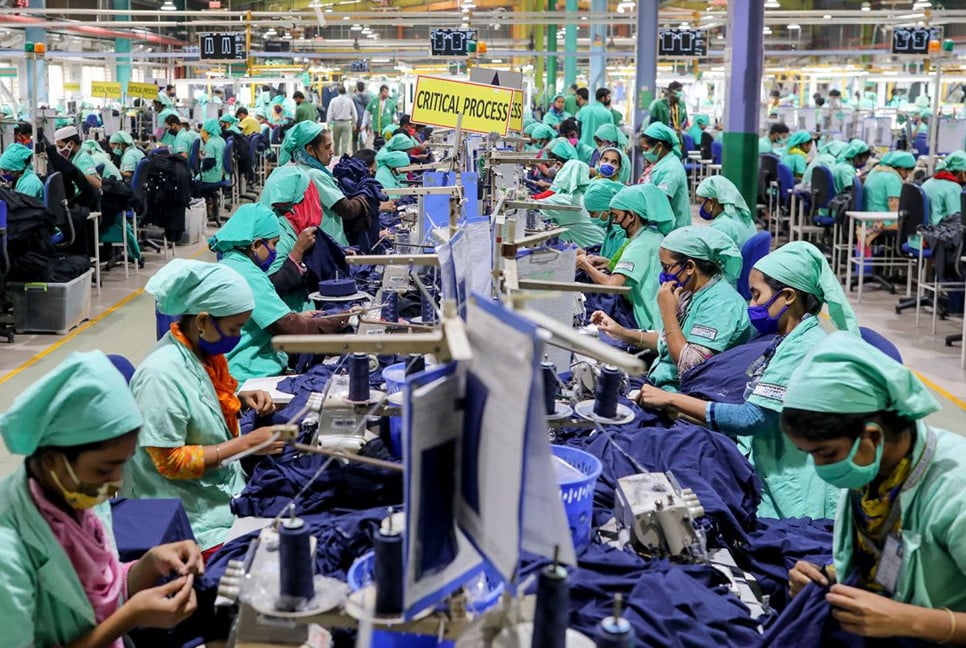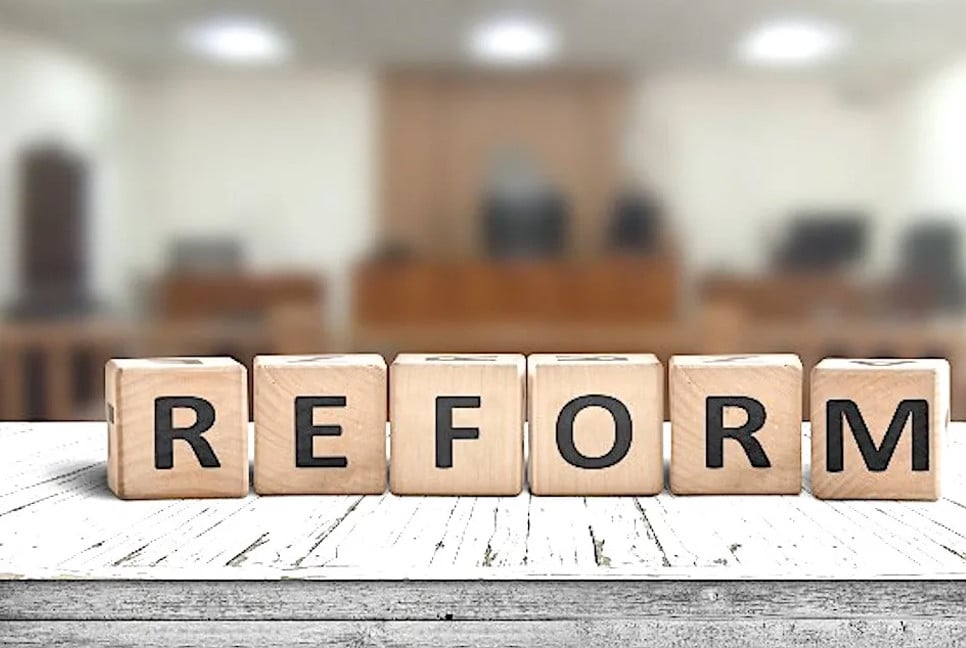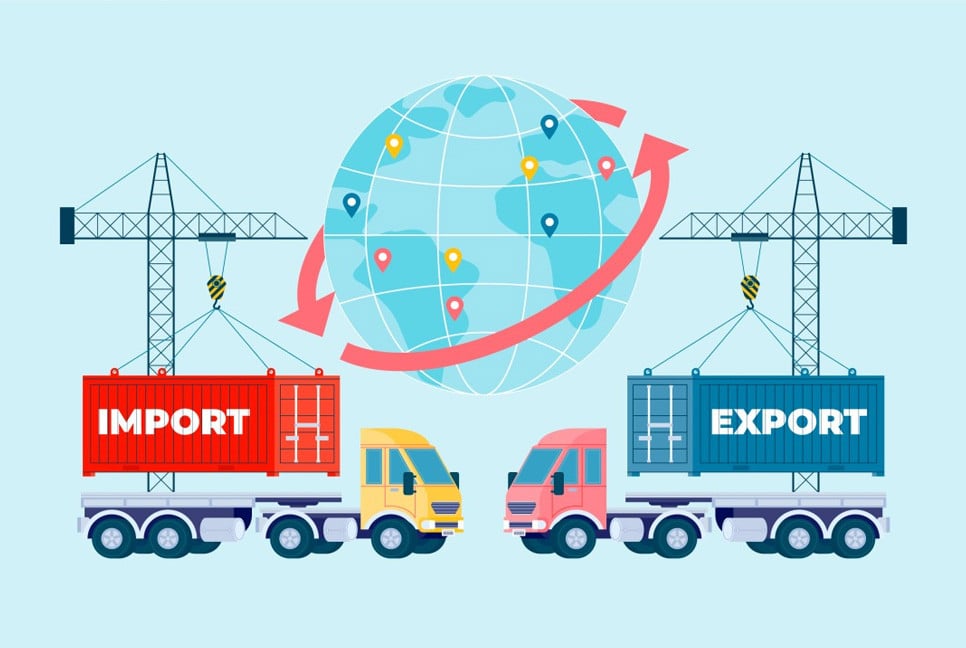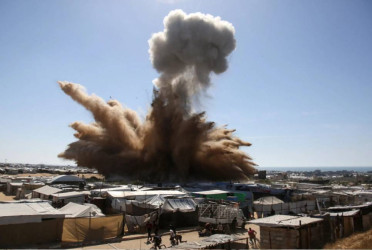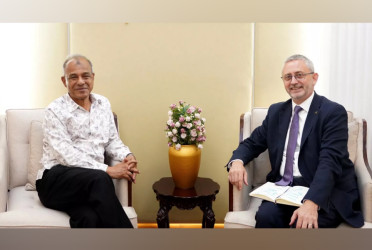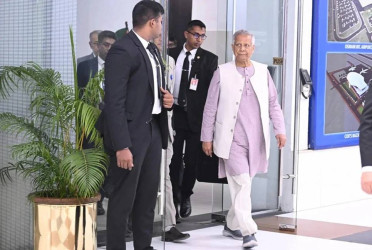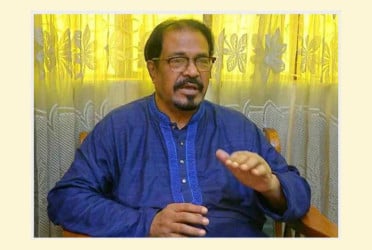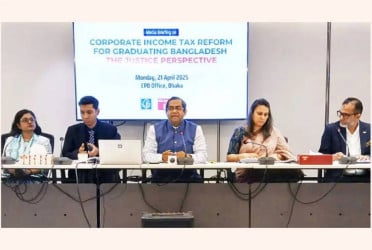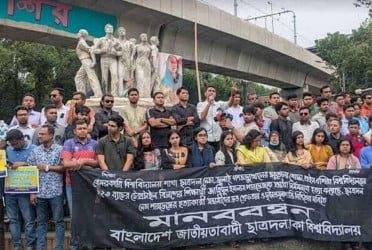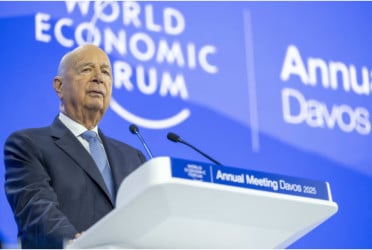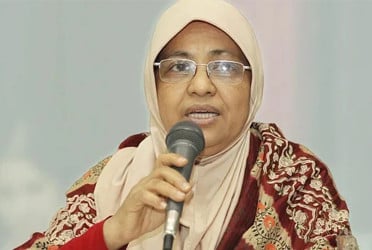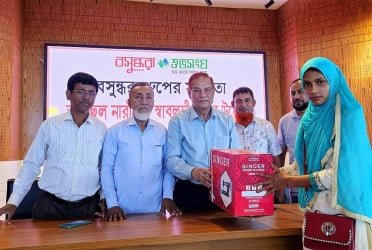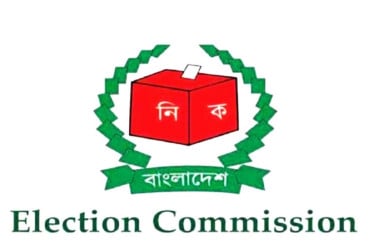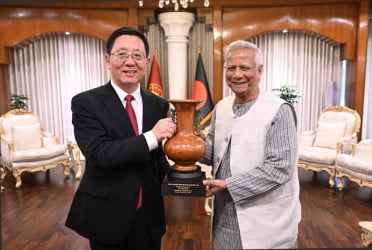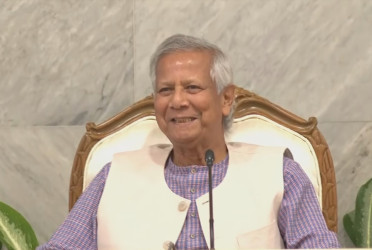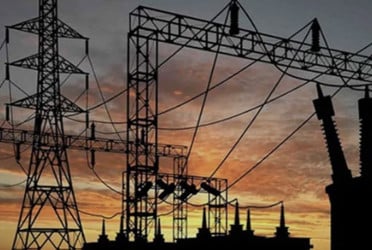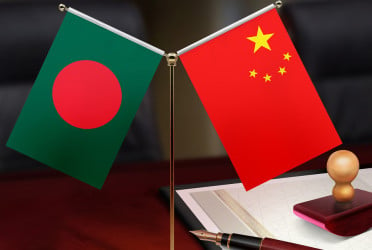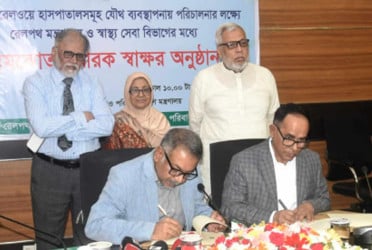Bangladesh's economy is showing steady improvement, driven by the growth of its garment industry and significant remittances from expatriates. This progress has led to increased production and economic activity, raising the standard of living compared to previous years. In 1975, the country's per capita income was just 272 US dollars, but by 2023, it had risen to 2,651 US dollars. That same year, Bangladesh received 21.82 billion US dollars in remittances from expatriates, while its ready-made garment exports earned the country 46.99 billion US dollars.
While there is no denying the improvement in living standards, the latest data from the Bangladesh Bureau of Statistics reveals that 18.7 percent of the population still lives below the poverty line as of 2022. Of this group, 5.6 percent fall under the extreme poverty line. This means approximately 31.8 million people in Bangladesh continue to struggle with poverty.
Analysis of recent data suggests that between 1.5 to 1.8 million educated individuals, holding graduate or postgraduate degrees, are unemployed in Bangladesh. This issue of educated unemployment, alongside the challenge of unemployment among less-educated individuals, remains a significant concern for the country. To address this, increased investment from domestic entrepreneurs, expatriates, and foreign sources is crucial for national development. Additionally, there is a pressing need to foster a greater number of entrepreneurs to drive economic growth.
For sustainable economic development, Bangladesh must establish clear long-term goals and comprehensive plans, alongside coordinated efforts across various ministries and short-term objectives to achieve these overarching targets. To address key challenges such as production growth, poverty alleviation, unemployment, and overall socio-economic development, it is essential to critically evaluate the action plans and strategies that have driven success in other nations like South Korea, Malaysia, Thailand, etc. By studying and adapting the effective approaches from these countries, Bangladesh can refine its own long-term goals, strategies, and action plans for continued progress and improved living standards.
Recently, South Korean Ambassador to Bangladesh, Park Young-sik, and embassy official Bik Jin-hee, gave an insightful presentation at Shahjalal University of Science and Technology (SUST) to students and faculty of the Department of Business Administration. Using a multimedia projector, they detailed South Korea’s remarkable transformation from a poor nation to an industrially advanced and prosperous country. The presentation highlighted key factors behind South Korea's success, including human resource development, strategic investments, production growth, and the expansion of exports.
During a 30-minute discussion, South Korean Ambassador Park Young-sik shared valuable insights on the socio-economic development of Bangladesh. He outlined the key steps a country can take to achieve development, emphasizing the importance of setting long-term national goals and strategies to reach them. The ambassador’s talk covered crucial topics that offered both understanding and appreciation, providing guidance on the strategies and plans necessary to realize the long-term objectives of the state.
South Korea, covering an area of 129,500 square kilometers and home to approximately 51.6 million people, has undergone a remarkable transformation. From 1910 to 1945, the country was under Japanese rule, and later, Korea was divided into two states—North Korea and South Korea. South Korea was also involved in the Korean War from 1950 to 1953. At the time, the country’s per capita income was just 290 US dollars, but today it stands at 34,121 US dollars. In 1975, South Korea’s total exports were valued at 4.93 billion US dollars, while Bangladesh’s exports amounted to only 0.56 billion US dollars. By 2023, Bangladesh’s exports had surged to 55.79 billion US dollars, but South Korea’s exports had reached an impressive 632.23 billion US dollars. In the same year, Bangladesh received 3.48 billion US dollars in foreign investment, compared to South Korea’s 25.04 billion US dollars. Despite both countries having similar total production levels in 1975, the economic gap has widened significantly. Bangladesh’s GDP in 2022 was 460.2 billion US dollars, while South Korea’s GDP had soared to 1.665 trillion US dollars. South Korea’s success can be attributed to a variety of factors, including industrial investment, a focus on export growth, and the development of its chemical, electronics, and electrical industries. The country has maintained political and economic stability, adopted liberal trade policies, and focused on industrial diversification. Key exports include electrical and electronic products, machinery, boilers, cars, and plastics, with nuclear reactors being exported to countries like Italy. Strategic planning, foreign loans to encourage private sector investment, and government-led development initiatives have played a pivotal role in South Korea’s growth. The nation also invested heavily in industrial development and human resource cultivation. In its early years, the shipbuilding industry flourished, and from 1970 to 1985, around 2.5 million South Koreans worked in the Middle East, contributing to the country's progress in mining and construction industries.
South Korea's remarkable development is rooted in several key factors: a well-educated and skilled workforce, substantial investments from both domestic entrepreneurs and foreign investors across various industries, and effective long-term government planning and measures. The country also focused on enticing highly educated and talented expatriates to return home by offering significant economic and other benefits. The development of any country is significantly influenced by the talents of its people. South Korea's strong network of high-quality research and educational institutions, combined with the government’s and people’s unwavering commitment to national development, has played a crucial role in its success. To attract skilled workers such as researchers, teachers, and doctors, the government offered salary increases and other incentives, ensuring that returning expatriates enjoy a high social status. These talented individuals have been pivotal in driving the country’s progress.
South Korea’s success highlights the critical importance of increasing investment as a key solution to addressing unemployment and driving socio-economic development in Bangladesh. A concerted effort from all sectors of the country is essential to boost foreign investment. Bangladesh Investment Development Authority (BIDA), Bangladesh Export Processing Zone Authority (BEPZA), Bangladesh Economic Zone Authority (BEZA), and the Ministry of Commerce must work together to establish integrated goals and plans. Additionally, BIDA, BEPZA, and BEZA should develop their own specific goals and action plans. The country’s various chambers of commerce and industry must also play a more proactive role. Identifying key sectors with growth potential and actively inviting both foreign investors and domestic entrepreneurs to invest is essential for driving the nation’s economic progress.
To strengthen the domestic market and provide companies with opportunities to boost profits, it may be necessary to temporarily halt the import of certain products or impose higher taxes in some cases. Increasing competition among local companies is essential to improving product quality and enhancing domestic exports, helping them remain competitive in the global market. One key area of focus is increasing domestic demand for ready-made garments, which currently account for 85 percent of Bangladesh’s total export income. There is significant potential to expand exports by boosting production in other sectors, such as leather and leather products, pharmaceuticals, and electrical and electronic goods, through both domestic and foreign investments. Currently, 75 percent of ready-made garment exports are made from cotton fabrics, but greater emphasis is needed on synthetic garments. To enhance the value of Bangladeshi products in the global market, steps must be taken to improve the performance of domestic workers. The IT sector also presents a substantial opportunity for growth. Countries like Malaysia and Thailand have demonstrated the potential for economic improvement by increasing exports through strategic investments.
An analysis of Bangladesh’s current situation reveals significant potential for growth, particularly if sincere efforts are made by all sectors, including the government. By creating an investment-friendly environment for domestic, foreign, and expatriate investors and providing strong support to boost investment, Bangladesh could see substantial growth in key sectors. The chemical, electronics, electrical, and automobile industries, in particular, hold immense promise for attracting foreign investment and driving economic expansion.
To foster economic growth, it is essential for Bangladesh to establish new engineering institutions and enhance the quality of existing ones, while also focusing on the development of vocational and technical institutions. By drawing lessons from the successful practices of countries like South Korea, Malaysia, and Thailand, Bangladesh must adopt long-term, integrated planning and execution to increase investment within its own context. The people of Bangladesh possess exceptional human qualities, with a strong sense of dedication to the welfare of others, which sets them apart. With a well-planned, subject-based approach, Bangladesh can make significant strides in poverty alleviation, job creation, production and export growth, and, ultimately, socio-economic development.
Author: Professor, Department of Business Administration
Shahjalal University of Science and Technology, Sylhet
fazle.faisal@yahoo.com
Translated by Mazdud




